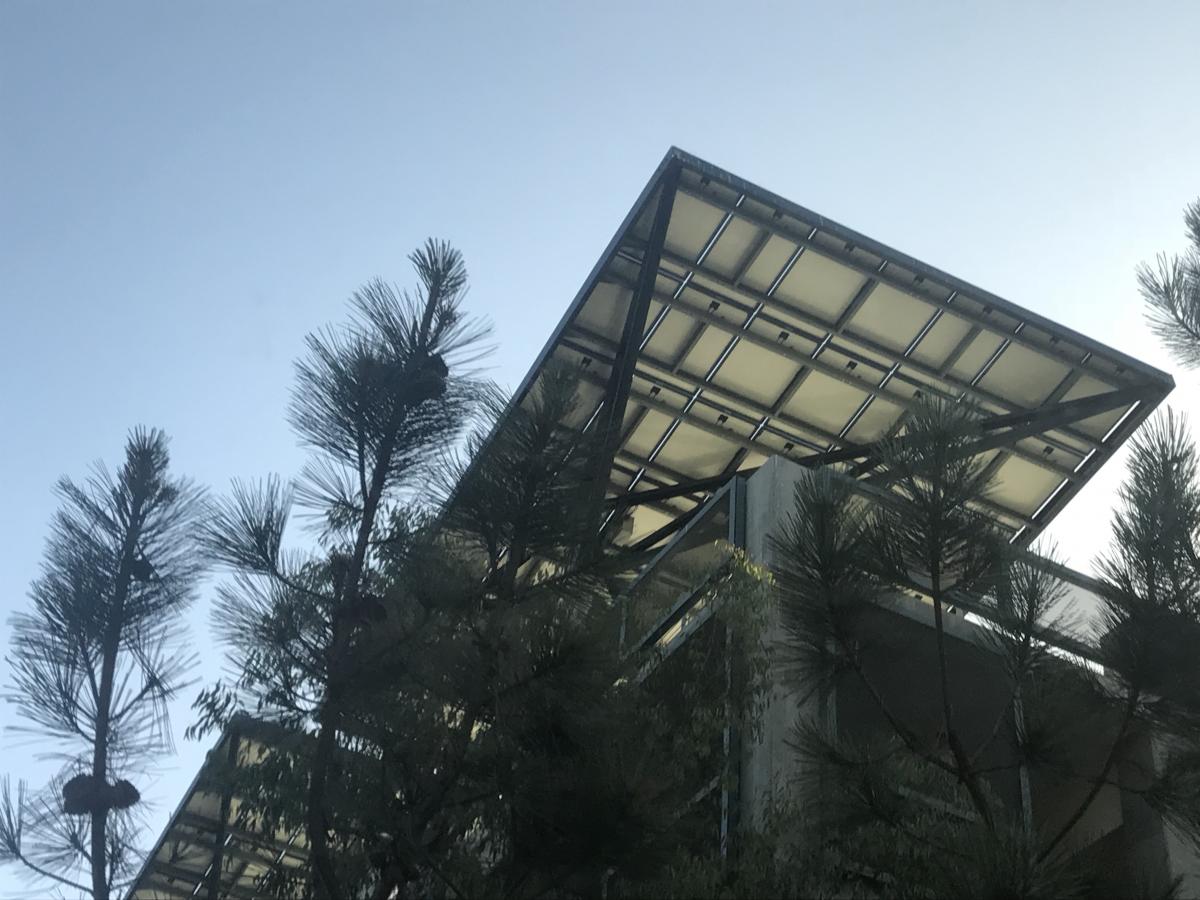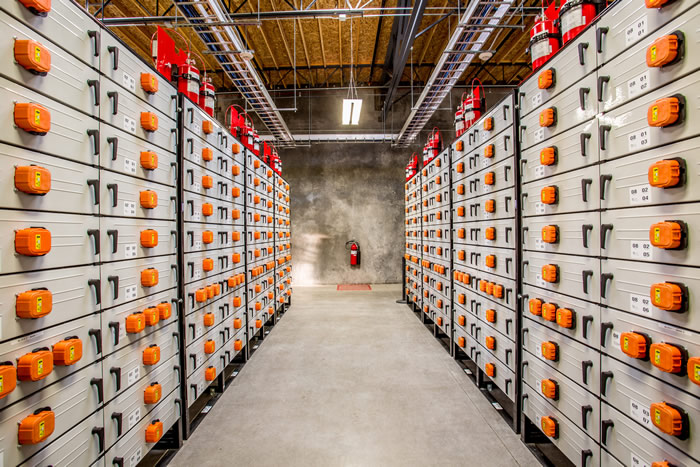Do we need to rethink the way that electric power is priced when solar and wind become the primary energy source? As the cost of solar and storage have plummeted, it is starting to look reasonable to consider the vision of large power systems based primarily on solar, wind, and batteries, with just a limited amount of fuel-fired backup. This completely changes the structure of the marginal costs that are the basis for optimal pricing of electricity and will usher in new pricing paradigms like dynamic pricing and transactive pricing .

A primary reliance on solar and wind is radically different from over a hundred years of industry experience, but it is essential if we are to decarbonize our economy and respond in a timely way to the climate crisis. Understanding and adapting to these differences will be crucial to making this transition. Pricing power correctly is an important part of this adaptation. It not only assures that utility companies stay financially viable, but it also can make the electric power system more efficient by encouraging consumers to match their demand patterns with patterns of supply.
Fortunately, there are already some power systems to look to that rely primarily on solar and wind with substantial battery backup and very limited use of fuel-fired generators. At the moment these are mostly smaller power systems in remote areas around the world. Based on millions of HOMER models that have been created for these kinds of systems, we can report on valuable lessons on the economic management of renewable-based power systems.

Solar, wind, batteries, and fuel-fired generators all have their advantages and disadvantages, but when coordinated properly in a hybrid system they can each play to their strengths. Solar and wind have no marginal costs but have variable output. Batteries can charge and discharge rapidly but are still relatively expensive. Fuel-fired generators are expensive to operate, but large quantities of fuel can be available when needed.
A power system relying primarily on renewable power will have substantial periods where there is excess power. It can never be economical to install a battery bank large enough to always be able to absorb this excess power. As a result, there will be frequent periods when the batteries are full. At those times renewable power is curtailed, and the marginal cost of power is zero. This is already happening to some extent but will become more common in the future. During these times, there is no cost – either economic or environmental – to encouraging more consumption.
Conversely, there will be other times when the batteries are empty and the marginal cost is set by polluting fuel-fired generators. These are the times when consumption should be discouraged with high real-time prices and demand response programs. In between these periods, the marginal cost will be determined by what is happening with the batteries. Discharging batteries always incurs some cost because it creates wear on the batteries. Because new battery chemistries, such as lithium and the various flow battery technologies, are much more durable, this wear cost is much lower than with lead batteries. Nevertheless, it represents a floor on the marginal cost of power during periods when the batteries are discharging to support the load.

As the battery state of charge approaches its lower limit, the marginal cost should increase because each kWh of consumption decreases the time until the fuel-fired generator needs to be dispatched and increases the ultimate use of that generator. With storage in the mix, calculations of the real-time marginal cost will depend not just on the real time conditions, but also on forecasting when storage will be depleted, and generators will need to be dispatched.
Likewise, when the batteries are being charged, forecasting can be valuable to predict whether the batteries will soon be full and renewable energy will start being curtailed. During these periods the marginal cost is also zero.
This is a radically different way to think about electricity pricing. The old way was driven by the electric load on the system and the mix of generation technologies – baseload, peaking, and the intermediate technologies. It was very predictable based on the time of day and the season. This new way is driven by the “net load”, which is the load minus the available renewable power and by the state of charge of the batteries. It is less predictable, which makes forecasting and real-time pricing more important.
Microgrids around the world are already responding to this challenge with metering, pricing, and payment innovations. We used to call these innovations the smart grid, but we are now more likely to call them the digital grid or the responsive grid. These innovations will surely need to be adapted for use by large regulated utility companies, but all innovations start out and are tested first in small systems. The first step would be a comprehensive review of these metering, pricing, and payment innovations being implemented in microgrids around the world. This review should help us understand how pricing systems that respond more closely to system marginal costs improve the economic and environmental efficiency of power systems.

What about storage in other forms than electrical batteries like hydrogen, methane, NH3, CH3OH, C4H10O, etc. The Carbon forms can be made from waste and captured CO2. At low cycle ratio, those forms are often quite a bit cheaper than charge storing devices.
An option I’ve not seen as yet is the storage of liquid air, produced at night from renewables (wind, waste to energy) where the night time is used to expel as much as possible heat into the universe. During daylight heat from the day is used to evaporate the air and use in expansion turbines to generate peak power.
Or more.. Take the liquid ait (free from CO2 and water) and use N2 for drying of materials and the O2 for enhancing the burning characteristics: low BTU can behave as High BTU as more oxygen is given. A small installation can deliver more power and loses less in heating up nitrogen.
Hi Gerrit,
Yes the HOMER software makes it possible to model some of these more unorthodox methods of storage. Please join us in one of our future webinars when we explain how to model these other resources.
All the best,
Lili Francklyn